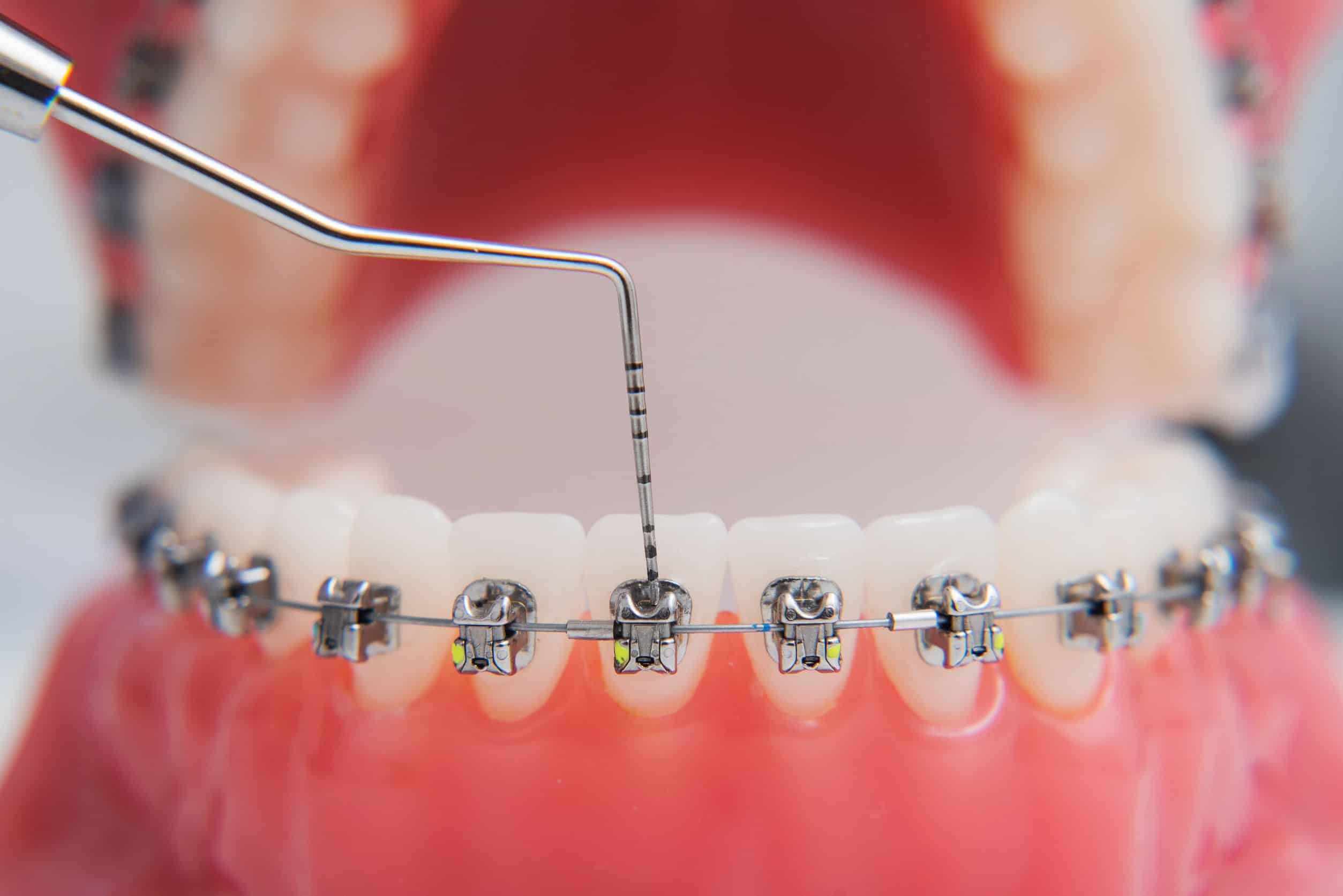Legacy Orthodontics Fundamentals Explained
Legacy Orthodontics for Dummies
Table of Contents4 Easy Facts About Legacy Orthodontics ShownThe Ultimate Guide To Legacy Orthodontics5 Easy Facts About Legacy Orthodontics ShownNot known Incorrect Statements About Legacy Orthodontics All About Legacy Orthodontics
At Advanced Orthodontics, we offer clients with a all natural therapy experience. On top of that, we provide adjustable treatment timetables, flexible repayment alternatives and a fun, pleasurable experience. leesburg clear braces. Call ( 480) 357-4900 today for more details and schedule a visit.An orthodontist is a dental practitioner educated to identify, prevent, and deal with teeth and jaw abnormalities. They deal with existing problems and are trained to identify issues that might establish in the future. Orthodontists deal with individuals of any ages, from children to adults. Individuals commonly link an ideal smile with good health.
Malocclusion, or misaligned teeth, can bring about dental problems, consisting of dental cavity, gum disease, and challenging or uncomfortable chewing. Not everybody is birthed with straight teeth. If you have a bad bite or large rooms between your teeth, you may desire to consult a dental professional focusing on orthodontic treatment.
The Ultimate Guide To Legacy Orthodontics
( Photo Credit: DigitalVision/Getty Images) Orthodontists use dealt with and removable dental devices, like braces, retainers, and bands, to transform the position of teeth in your mouth. Orthodontic treatment is for dental irregularities, consisting of: Jagged teethBite problems, like an overbite or an underbiteCrowded teeth or teeth that are as well far apartJaw misalignmentThe goal of orthodontic therapy is to boost your bite.
A healthy and balanced bite ensures you can consume, chew, and talk effectively. While you could believe of orthodontists as generally for kids or teenagers who require braces, they can fix oral issues at any type of age. Orthodontists participate in college, oral institution, and orthodontic institution. After graduation, they invest 2 or 3 years in an orthodontic residency program.
, but not all dental practitioners are orthodontists. They concentrate on two locations: Exactly how to properly and safely relocate teeth Just how to appropriately lead development in the teeth, jaw, and faceOnce an orthodontist has actually completed training, they have the option to come to be board accredited.
The Greatest Guide To Legacy Orthodontics
Misalignment, or malocclusion, is one of the most common factor people see an orthodontist. It is hereditary and is the outcome of size differences in between the top and reduced jaw or in between the jaw and teeth. Malocclusion causes tooth congestion, an askew jaw, or irregular bite patterns. Malocclusion is normally treated with: Your orthodontist attaches steel, ceramic, or plastic square bonds to your teeth.
If you have only small malocclusion, you may have the ability to utilize clear dental braces, called aligners, as opposed to typical dental braces (https://www.figma.com/design/kgqCY8l54dyz5KdMEWTWil/Untitled?node-id=0-1&t=R12PkCtJ5eBOkvHF-1). Some individuals need a headwear my latest blog post to aid move teeth into line with stress from outside the mouth. After braces or aligners, you'll require to put on a retainer. A retainer is a personalized gadget that keeps your teeth in location.
They can create extra area in the mouth without having to pull teeth. Orthodontists utilize wires, surgical screws, or plates to sustain your jaw bone.
You may need to see an orthodontist if you have: Crowding or not sufficient room for all of your teethOverbite, when your top teeth come over your base teethUnderbite, when your bottom teeth are as well far forwardSpacing or problems with gapsCrossbite, which is when your upper teeth fit behind your bottom teeth when your mouth is closedOpen bite or a vertical space between your front base and upper teethMisplaced midline, when the center of your base and top teeth don't line up Correcting a dental malocclusion can: Make attacking, chewing, and speaking easierImprove the proportion of our face and your general appearanceEase discomfort from temporomandibular joint disordersSeparate your teeth and make them much easier to clean up, helping avoid dental caries or dental caries It's typically a dental practitioner who initially notices misaligned teeth during a routine test.
3 Easy Facts About Legacy Orthodontics Explained

During your first orthodontic consultation, you'll likely have: An oral examPhotos taken of your face and smileDental X-raysPanoramic (360 degree) X-rays of your face and headImpressions to develop molds of your teethThese examinations will certainly assist your orthodontist understand just how to proceed with your therapy. orthodontist. An orthodontist is a dental practitioner that's had training to treat your teeth and jaw
Orthodontists might execute surgery, exams,X-rays,and more to assist you achieve an extra comfy, much healthier smile. An orthodontist is focused on your bite, so something like a cracked tooth would certainly be handled by a dental practitioner. Orthodontists are dentists but not all dental experts are orthodontists. Orthodontists are concentrated on your bite, or the way your teeth meshed, and the straightness of your teeth.
Ever wondered just how celebrities always seem to have perfectly straightened teeth? Orthodontists are dental professionals that concentrate on remedying abnormalities in the teeth and jaws.
The 8-Second Trick For Legacy Orthodontics

While dental braces are the most typically acknowledged orthodontic treatment, orthodontists have a varied toolkit at their disposal. The specific method picked relies on the severity of the instance, the individual's age, and private preferences. These tried-and-true braces use a system of brackets bonded to the teeth and linked by wires.
These detachable trays are custom-made to progressively move the teeth's position. In situations of narrow jaws, palatal expanders can be made use of to create space for correct tooth positioning.